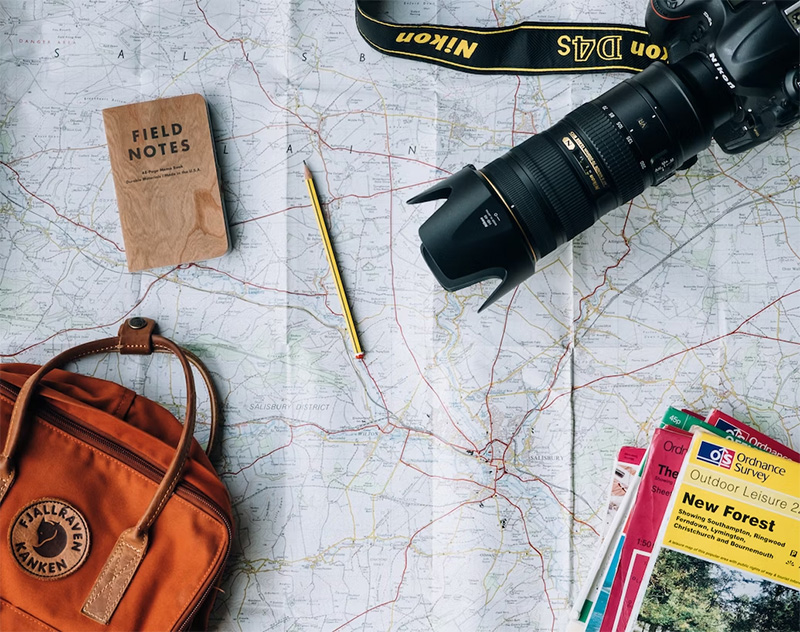Crafting an Eco-Conscious Itinerary: Planning a Sustainable Trip
In an era where sustainability and environmental consciousness are gaining paramount importance, planning a trip that aligns with these principles has become a top priority for many travelers. Crafting an eco-conscious itinerary involves thoughtful planning and conscious decision-making. Let’s explore essential tips for planning a sustainable trip that leaves a positive mark on both the environment and local communities.
Transportation and Accommodation
Transportation and accommodation choices play a crucial role in the carbon footprint of any trip. Opt for low-impact public transportation, cycling, or walking whenever feasible. If flying is unavoidable, try to book nonstop flights to minimize fuel consumption and consider participating in carbon offset programs. For accommodation, choose eco-certified properties with energy-saving measures, waste reduction practices, and water conservation techniques. Look for eco-labels such as LEED or Green Key certifications, or consider staying in eco-lodges, sustainable resorts, or locally-owned guesthouses that prioritize environmental and social responsibility.
Engaging with Local Communities
Prioritize connecting with local communities and supporting local businesses to impact the places we go positively. Participate in genuine cultural encounters and buy gifts and services from regional craftspeople, farmers, and tour companies. In addition to boosting the local economy, this gives communities the authority to safeguard their cultural and natural assets. Furthermore, we develop a greater understanding of the areas we visit and have a beneficial social and economic effect by getting to know the local cultures and customs.
Waste Reduction and Responsible Practices
Minimizing waste and reducing plastic consumption is crucial for a sustainable trip. Pack reusable items like water bottles, shopping bags, and utensils to avoid single-use plastics. Refill water bottles from safe drinking water sources or use water purifiers. Be mindful of waste disposal and recycle whenever possible. Follow Leave No Trace principles by taking your trash with you and leaving natural spaces pristine. Responsible practices help preserve the beauty of the environment and protect it for future generations.
Sustainable Activities and Food Choices
When planning activities and attractions, prioritize eco-friendly and sustainable options. Seek opportunities for hiking, wildlife spotting, or nature conservation activities. Support national parks, wildlife reserves, and marine sanctuaries by adhering to their regulations and codes of conduct. Choose tour operators and guides who prioritize environmental education and conservation efforts. Regarding food choices, opt for restaurants and eateries that prioritize locally sourced, organic, and seasonal ingredients. This supports local farmers, reduces the carbon footprint associated with food transportation, and allows you to savor authentic flavors and culinary traditions. Embrace sustainable food practices to enhance your travel experience while minimizing your environmental impact.
Crafting an eco-conscious itinerary requires thoughtful planning and conscious decision-making. By considering transportation and accommodation choices, engaging with local communities, practicing waste reduction, and opting for sustainable activities and food choices, we can create a positive impact on the environment and local communities while enjoying memorable travel experiences. Embrace responsible travel practices and become a steward of the environment, creating a sustainable and eco-conscious world, one trip at a time.
Photo Attribution:
1st and featured image by https://unsplash.com/photos/qyAka7W5uMY
2nd image by https://www.pexels.com/photo/plastic-bottles-3735215/






